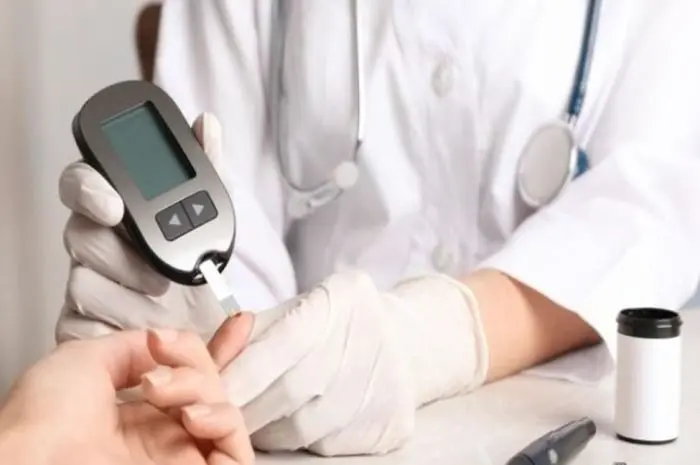Type 2 diabetes is a chronic condition that affects millions of people worldwide. Unlike type 1 diabetes, which typically develops in childhood or adolescence, type 2 diabetes often occurs in adulthood and is strongly associated with lifestyle and genetic factors.
Recognizing the early symptoms of type 2 diabetes is crucial for early diagnosis and effective management of the condition. This comprehensive article will provide an in-depth exploration of the common symptoms associated with type 2 diabetes.
1. Increased Thirst and Frequent Urination
One of the most common symptoms of type 2 diabetes is excessive thirst, medically known as polydipsia. Increased thirst occurs because high blood sugar levels trigger a response in the body to try to eliminate the excess sugar through urine.
This results in increased urine production, leading to frequent urination, or polyuria. If you find yourself feeling thirsty more often or needing to urinate more frequently, it may be a sign of type 2 diabetes.
2. Fatigue and Lack of Energy
Persistent fatigue and lack of energy can be symptoms of type 2 diabetes. When the body’s cells become resistant to insulin, the glucose from food cannot enter the cells effectively to provide energy. As a result, you may experience a constant feeling of tiredness and lack of energy, even after getting enough rest.
3. Unexplained Weight Loss or Gain
Weight changes can be both a symptom and a risk factor for type 2 diabetes. Some individuals may experience unexplained weight loss, despite eating normally or even more than usual. This occurs because the body is unable to effectively utilize the glucose from food, causing it to seek alternative energy sources, such as fat and muscle.
On the other hand, weight gain can also be a symptom of type 2 diabetes. Insulin resistance can lead to increased hunger and overeating, resulting in weight gain. Additionally, imbalanced blood sugar levels can affect metabolism and contribute to weight gain in some individuals.
4. Increased Hunger
Type 2 diabetes can cause persistent hunger, known as polyphagia. Due to insulin resistance, the body’s cells are unable to access glucose for energy effectively. This triggers a feeling of hunger, even after consuming a meal. Consequently, individuals with type 2 diabetes may experience intense cravings and a desire to eat more frequently.
5. Blurred Vision
High blood sugar levels can affect the lens of the eye, leading to temporary changes in vision. Blurred vision is a common symptom of type 2 diabetes and may occur when blood sugar levels are consistently high. If you notice sudden or frequent changes in your vision, it is essential to consult an eye care professional to rule out any diabetes-related complications.
6. Slow-Healing Wounds and Infections
Type 2 diabetes can impair the body’s natural healing process and immune response. Even minor cuts, wounds, or infections may take longer to heal, and the risk of infections, such as urinary tract infections and yeast infections, may increase. If you experience frequent infections or notice that your wounds are healing slowly, it may be an indication of type 2 diabetes.
7. Numbness or Tingling in Hands and Feet
Nerve damage, known as diabetic neuropathy, is a common complication of type 2 diabetes. It often affects the peripheral nerves, leading to sensations of numbness, tingling, or burning in the hands and feet. This condition, called peripheral neuropathy, can also cause pain or loss of sensation in affected areas.
8. Darkened Skin Patches
A condition called acanthosis nigricans can occur as a result of insulin resistance. It is characterized by the development of darkened and thickened patches of skin, commonly appearing in body folds and creases, such as the neck, armpits, and groin. These patches may feel velvety to the touch and can be an indicator of underlying insulin resistance and type 2 diabetes.
Conclusion
Recognizing the symptoms of type 2 diabetes is crucial for early detection and effective management of the condition. If you experience any of the aforementioned symptoms, it is important to consult a healthcare professional for proper evaluation and diagnosis.
Early diagnosis and appropriate lifestyle changes, such as adopting a healthy diet, engaging in regular physical activity, and maintaining a healthy weight, can significantly improve the management of type 2 diabetes and help prevent potential complications.


